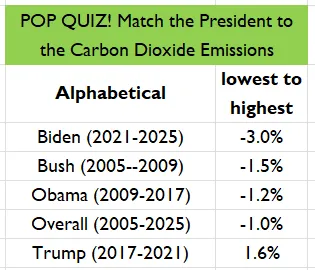Paper finds ‘pronounced influence of solar activity on global climatic processes’
http://hockeyschtick.blogspot.com/2015/06/paper-finds-pronounced-influence-of.html
A paper published in Palaeogeography, Palaeoclimatology, Palaeoecology finds “a pronounced influence of solar activity on global climatic processes” including in “Asia, Europe, North and South America, Australia, and the Arctic and Antarctica.” The authors find evidence from spectral and wavelet analysis of influence of the de Vries (∼ 200-year) solar cycle on climate variation in Central Asia, and that, “Analysis has shown that climate response to the long-term global solar forcing has a regional character. An appreciable delay in the climate response to the solar signal can occur (up to 150 years). In addition, the sign of the climate response can differ from the solar signal sign. The climate response to long-term solar activity variations (from 10s to 1000s years) manifests itself in different climatic parameters, such as temperature, precipitation and atmospheric and oceanic circulation. The climate response to the de Vries cycle has been found to occur not only during the last millennia but also in earlier epochs, up to hundreds of millions years ago.” Tree-ring temperature reconstructions from the paper show 5 more non-hockey-sticks. Wavelet analysis shows “pronounced” climate variability correlating to the ~200-year de Vries solar cycle (as well as other periodicities) Prior posts related to the de Vries solar cycle influence on climate The influence of the de Vries (∼ 200-year) solar cycle on climate variations: Results from the Central Asian Mountains and their global link O.M. Raspopova, , , V.A. Dergachevb, J. Esperc, O.V. Kozyrevad, D. Frankc, M. Ogurtsovb, T. Kolströme, X. Shao Long-term climatic changes related to solar forcing were examined using millennium-scale palaeoclimatic reconstructions from the Central Asian mountain region, i.e. summer temperature records for the Tien Shan mountains and precipitation records for the Tibetan Plateau. The reconstructions were based on juniper tree-ring width records, i.e. Juniperus turkestanica for the Tien Shan and Sabina przewalskii for the Tibetan Plateau. The data were processed using spectral and wavelet analysis and filtered in the frequency range related to major solar activity periodicities. The results obtained for various tree-ring chronologies indicate palaeoclimatic oscillations in the range of the de Vries (∼ 210-year) solar cycles through the last millennium. The quasi-200-year variations revealed in the palaeoclimatic reconstructions correlate well (R2 = 0.58–0.94) with solar activity variations (Δ14C variations). The quasi-200-year climatic variations have also been detected in climate-linked processes in Asia, Europe, North and South America, Australia, and the Arctic and Antarctica. The results obtained point to a pronounced influence of solar activity on global climatic processes. Analysis has shown that climate response to the long-term global solar forcing has a regional character. An appreciable delay in the climate response to the solar signal can occur (up to 150 years). In addition, the sign of the climate response can differ from the solar signal sign. The climate response to long-term solar activity variations (from 10s to 1000s years) manifests itself in different climatic parameters, such as temperature, precipitation and atmospheric and oceanic circulation. The climate response to the de Vries cycle has been found to occur not only during the last millennia but also in earlier epochs, up to hundreds of millions years ago.
— gReader Pro


